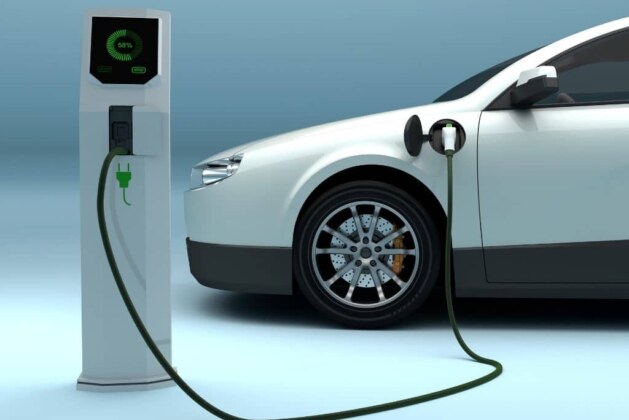Electric vehicles (EVs) have taken the automotive world by storm, promising cleaner transportation and a reduced carbon footprint. Yet, as with every innovation, questions about safety have emerged—particularly regarding the risk of battery fires. Are EVs really more dangerous than gasoline-powered cars, or is this concern fueled by myths and isolated headlines? Let’s break down the facts behind EV battery safety, fire risks, and what manufacturers are doing to keep drivers protected.
Table of Contents
Introduction
The rise of electric cars is one of the most significant transformations in modern transportation. With countries pushing for greener policies and consumers demanding sustainable alternatives, EVs are no longer a futuristic idea—they are today’s reality. But while they are praised for being eco-friendly, the issue of safety, especially around battery fires, often dominates discussions.
News stories about an EV bursting into flames after an accident may make the technology sound alarming. However, to understand whether EV batteries are real fire hazards, we need to look at the science of lithium-ion batteries, accident statistics, and safety measures put in place by automakers.
The Science of Electric vehicles Batteries and Fire Risks
Most electric cars today rely on lithium-ion batteries—the same technology that powers laptops and smartphones. These batteries store high amounts of energy in a compact form, which makes them ideal for EVs.
But here’s the catch: lithium-ion batteries are sensitive to thermal runaway, a chain reaction that happens if the battery gets too hot, punctured, or short-circuits. When this occurs, the battery can ignite and cause a fire. This is why the concern around EVs being “fire hazards” exists.
However, it’s worth noting that gasoline is also highly flammable, and fuel-powered cars catch fire thousands of times each year. The difference is that car fires in gas vehicles have been around so long that they don’t make big headlines anymore, while EV fires often grab attention.
How Common Are EV Fires Compared to Gas Cars?
Statistics show that electric cars are actually less likely to catch fire than gasoline cars. A report by AutoinsuranceEZ (based on data from the National Transportation Safety Board) revealed that:
- Gasoline cars have about 1,529 fires per 100,000 vehicles.
- Hybrid vehicles (gas + electric) have the highest rate at 3,475 fires per 100,000 vehicles.
- Fully electric cars have only about 25 fires per 100,000 vehicles.
This means EVs are far less prone to fires compared to traditional cars. The perception of danger often comes from the rarity of such incidents being sensationalized in the news.
Why EV Fires Are Harder to Put Out
While EVs are statistically safer, when an EV battery does catch fire, it can be harder to control. Unlike gasoline, which burns out once the fuel is consumed, a lithium-ion battery can reignite multiple times even after being extinguished. Firefighters sometimes need thousands of gallons of water or special foams to cool down the battery pack.
This doesn’t mean EVs are unsafe—it simply means emergency teams need updated training and tools to handle new technology.
Safety Features Built Into Modern EVs
Automakers are well aware of fire concerns, which is why EVs are equipped with multiple safety features:
- Battery Management Systems (BMS): Constantly monitor temperature, voltage, and current to prevent overheating.
- Thermal Barriers: Special cooling systems keep batteries at safe temperatures.
- Protective Casings: Battery packs are reinforced to resist punctures during crashes.
- Automatic Shutoffs: If sensors detect a problem, the system cuts off power to prevent chain reactions.
These features make modern EVs incredibly safe, often safer than conventional cars in crash tests.
Are EVs Safe to Drive and Own?
The evidence points to yes. While the risk of battery fires exists, it is far lower than the risks posed by traditional gasoline cars. In fact, many experts argue that public fear around EV fires is more psychological than scientific.
When buying an EV, safety comes not only from the vehicle’s design but also from responsible ownership:
- Avoid using unapproved chargers.
- Regularly update the car’s software for the latest safety improvements.
- Park in well-ventilated areas if charging indoors.
Conclusion
So, are EV batteries fire hazards? The answer is not more than gasoline cars—and actually, less so. The risk exists, but thanks to advanced engineering, safety systems, and continuous improvements, EVs are one of the safest options on the road.
The real challenge lies in public perception and the need for better education on how these vehicles work. Electric cars represent the future of sustainable transport, and their safety record proves that the benefits far outweigh the risks.
Read More: How Do Voice Assistants Understand Us? The Science of Speech Recognition




